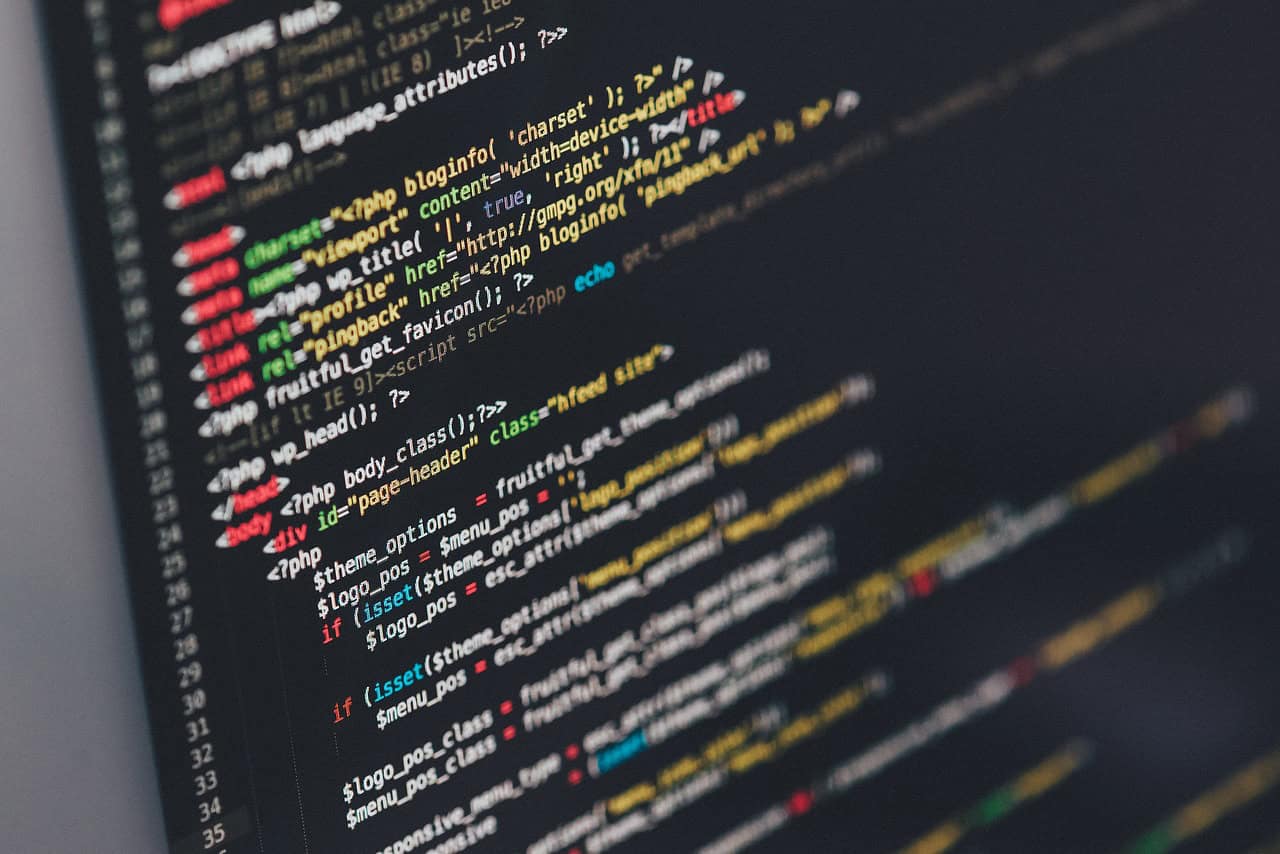Mastering Python Web Development: A Comprehensive Guide
In the realm of Python web development, creating dynamic web applications and websites is an essential skill. Python’s simplicity, readability, and extensive libraries make it a favorable choice among developers. This article explores the benefits of using Python for web development, popular frameworks, and best practices to kickstart your journey.
What is Python Web Development?
Python web development involves using the Python programming language to build websites and web applications. With its powerful frameworks and libraries, it offers developers numerous tools to create robust applications tailored to their needs.
Why Use Python for Web Development?
Benefits of Python
- Easy to Learn: Python’s syntax is straightforward, allowing beginners to grasp programming concepts quickly.
- Good Readability: Python code mimics natural language, making it easier for developers to read and maintain.
- Asynchronous Coding: Python facilitates non-blocking operations, enabling faster development without deadlocks.
- Strong Frameworks: Frameworks like Flask and Django provide pre-built functionalities that speed up development.
Choosing a Web Framework
Popular Web Frameworks
- Flask: A lightweight framework that is easy to get started with, ideal for small-scale applications.
- Django: A robust framework that provides an extensive suite of features for building complex applications efficiently.
Steps to Get Started with Python Web Development
- Install Python: Download and install Python from the official website.
- Choose a Web Framework: Based on your project requirements, select between Flask, Django, or other frameworks.
- Set Up a Development Environment: Use virtual environments to manage your project dependencies. Use
virtualenvorvenv. - Install Dependencies: Activate your virtual environment and install your chosen framework using
pip install Djangoor similar. - Project Initialization: Use framework commands to set up your project structure.
- Configure Settings: Adjust configurations such as database and static files in your framework’s settings file.
- Define Models: Create models representing your database structure.
- Create Views and Templates: Develop views to handle requests and connect them to templates for rendering your user interface.
- Define URL Routes: Map URLs to your views for application navigation.
- Handle Forms and User Input: Implement form handling to manage user data submissions.
Best Practices for Python Web Development
- Use Virtual Environments: They prevent conflicts between project dependencies.
- Follow Best Practices for Code Organization: Keep your code modular and maintainable.
- Test Your Code Thoroughly: Implement unit tests to ensure your application is bug-free.
- Use Version Control: Utilize Git for tracking changes and collaborating with others.
- Deploy Your Application: Consider platforms like Render.com or Heroku to host your applications.
Conclusion
Python is an outstanding choice for web development, thanks to its ease of use, intuitive syntax, and powerful ecosystems of libraries and frameworks. By following the outlined steps and best practices, you can effectively develop scalable web applications using Python, whether you are a beginner or an experienced developer. For further reading, check out these related articles: Unlock Your Potential: The Ultimate Guide to Python Web Development for Beginners and Master Python Web Development: Your Essential Guide to Building Dynamic Applications.
Python Web Development Projects and Applications
Key Projects
- Project 1: Personal Blog – Create a personal blog where users can read articles, leave comments, and manage posts using Django.
- Project 2: To-Do List Application – Develop a simple to-do list web application using Flask, allowing users to add, edit, and delete tasks.
- Project 3: E-commerce Website – Build an e-commerce site with Django, implementing product listings, a shopping cart, and a checkout process.
- Project 4: API Development – Design a RESTful API using Flask that communicates with a database for a mobile app.
Python Code Examples
Example for Personal Blog using Django
# settings.py modification for blog app
INSTALLED_APPS = [
...,
'blog', # Add your application here
]
# models.py for defining blog post structure
from django.db import models
class Post(models.Model):
title = models.CharField(max_length=100)
content = models.TextField()
created_at = models.DateTimeField(auto_now_add=True)
Example for To-Do List using Flask
from flask import Flask, render_template, request, redirect, url_for
app = Flask(__name__)
tasks = []
@app.route('/')
def index():
return render_template('index.html', tasks=tasks)
@app.route('/add', methods=['POST'])
def add_task():
task = request.form.get('task')
tasks.append(task)
return redirect(url_for('index'))
Real-World Applications
Python web development is extensively used in various domains to build applications that require robustness and scalability. Here are some real-world applications:
- Social Media Platforms: Platforms like Instagram utilize Django to manage complex user interactions and data.
- E-Learning Websites: Websites like Coursera and Udemy employ Python web frameworks to provide seamless user experiences and dynamic content handling.
- Business Dashboards: Python is used to create dynamic dashboards that display analytics and reports for businesses, enhancing decision-making.
- Data Visualization Tools: Tools that provide visual representations of complex datasets are often built using Python frameworks.
Next Steps
Now that you have a solid foundation in Python web development, it’s time to dive deeper! Begin by exploring more advanced frameworks, such as Flask and Django, to enhance your skills in building robust applications. Consider creating small personal projects or contributing to open-source projects to gain practical experience.
Additionally, you can expand your knowledge by reading our guide on web development in Python, which covers more techniques and tools to help you excel. Focusing on best practices will also be key; make sure to keep your projects organized using virtual environments and adapt your workflow using version control with Git.
Lastly, consider enrolling in online courses or workshops to continue your learning journey. This will ensure you’re not only familiar with the syntax but also with the latest trends and technologies in the world of Python web development.
